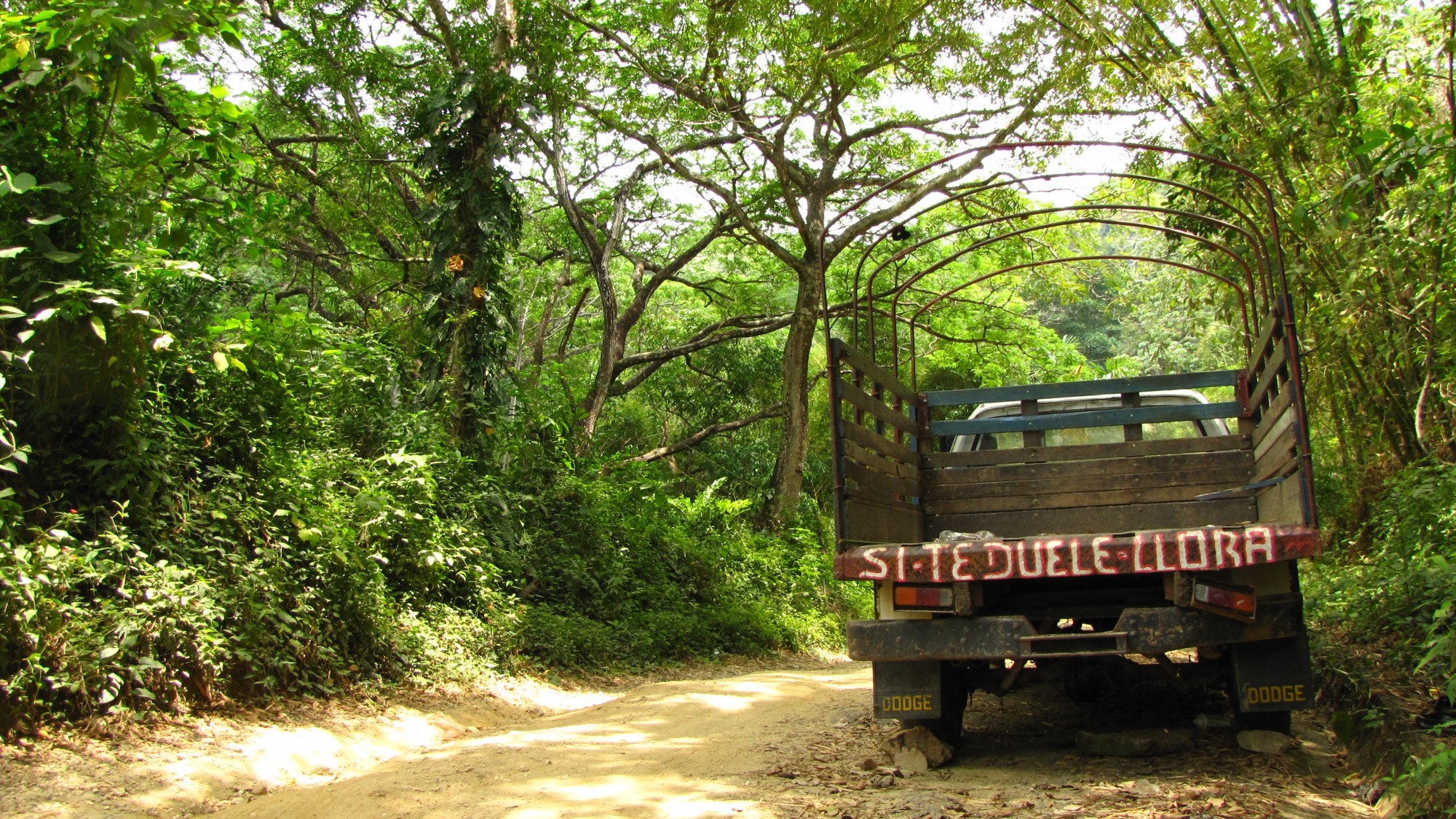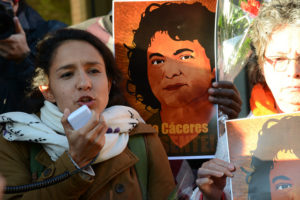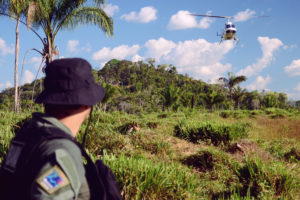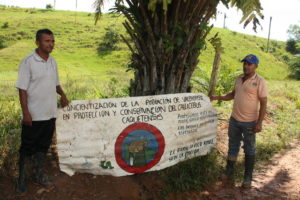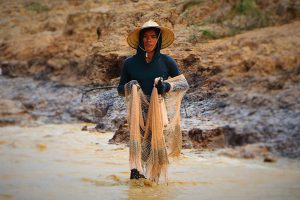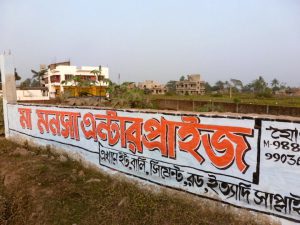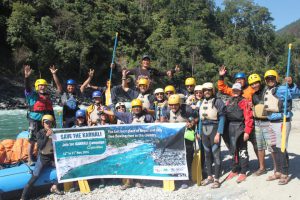Paramilitary groups control a quarter of Colombia’s municipalities and are implicated in the rising numbers of murders of environmental activists, including those supporting a peace deal with guerrilla group the Revolutionary Armed Forces of Colombia (FARC), Leonardo González, research coordinator at Colombia’s Institute for Development and Peace Studies (INDEPAZ) has told Diálogo Chino.
INDEPAZ will shortly release study which also describes how unlawful armed groups are involved in drug trafficking and illegal mining, and extort money from communities which is owed to the state, Gonzalez said.
Though not the only actors responsible, paramilitaries contribute to rising rates of murders of defenders of the environment and indigenous peoples. 117 activists were murdered in Colombia last year, according to data compiled by INDEPAZ and cross-checked against figures from the Organization of American States (OAS), the Ombusdman (Defensoría del Pueblo) and NGOs.
On January 19, community leader José Yimer Cartagena Úsuga was brutally beaten to death in Carepa, in the department of Antioquia. While Cartagena himself had not made a claim to the Colombian government’s Land Restitution Unit (URT), which administers the restitution of land formerly controlled by FARC, local civil society groups have warned of the violent opposition to the land restitution programme. URT says it will investigate Cartagena’s murder.
By “eliminating” social leaders, paramilitary groups responsible for the murders dominate the region and interfere directly in politics, González said. These groups also influence mayoral appointments, he added.
The difference between the widespread slaughter at the height of Colombia’s complex civil conflict in the 1980s and today is that the victims are often lower profile and not known nationally – they are locally or regionally recognised leaders. This means crimes get less attention and there is less pressure on the government to investigate them.
The government denies this. Interior minister Juan Fernando Cristo Bustos claims it is investigating the murders and will act “decisively” against the so-called Gulf clan paramilitary group, which it says are already advancing drug-trafficking structures in post-FARC zones. The government also claims that the number of activist murders in 2016 was 64. “A single murder of a social leader threatens the establishment of peace in the territory,” Cristo added.
FARC and the murders
As guerrillas leave occupied areas following the government and the FARC’s signing of an amended peace accord last month, rural communities displaced by the conflict return. However, paramilitaries also seek to use this land for legal or illegal crops, as routes for drug trafficking, or to reassert their power. The commitment to land restitution signed by both parties establishes the return of land and/or buildings to those who made formal complaints about assets seized by the FARC.
“When an armed actor like the FARC leaves a territory, other organisations begin to make claims about their fundamental rights. This bothers a lot of powerful people in the region and revives hatred,” González said.
The NGO Front Line Defenders agrees: “The advancement of the peace process and the definitive ceasefire on the part of the FARC, along with the start of peace talks with the National Liberation Army (ELN), has increased the level of violence against human rights defenders,” the organization says. According to the Forging Futures Foundation (Fundación Forjando Futuros), 65% of Colombia’s 114 million hectares of land is not legally recognised. The organisation claims this is the source of renewed violence.
A study by the Inter-American Dialogue shows that more than 144,000 hectares of forests in Colombian territory were destroyed in 2015 alone. To avoid conflicts and further environmental destruction, professor Lorenzo Morales of the Universidad de Los Andes, who authored the study, proposes improving data on land with clear demarcation of the environmental and agricultural frontiers. He also argues displaced people should return to productive lands with access to infrastructure and basic services, and recommends that the government strengthen local authorities, indigenous governments, and environmental institutions.
